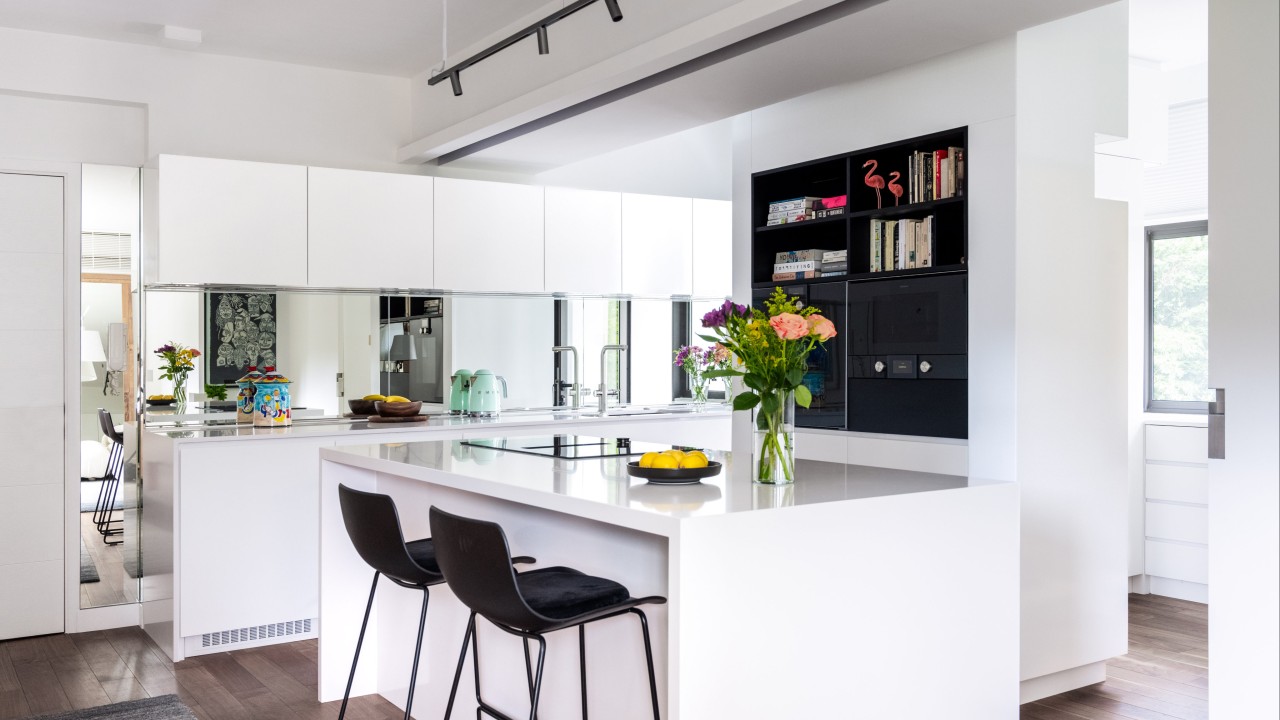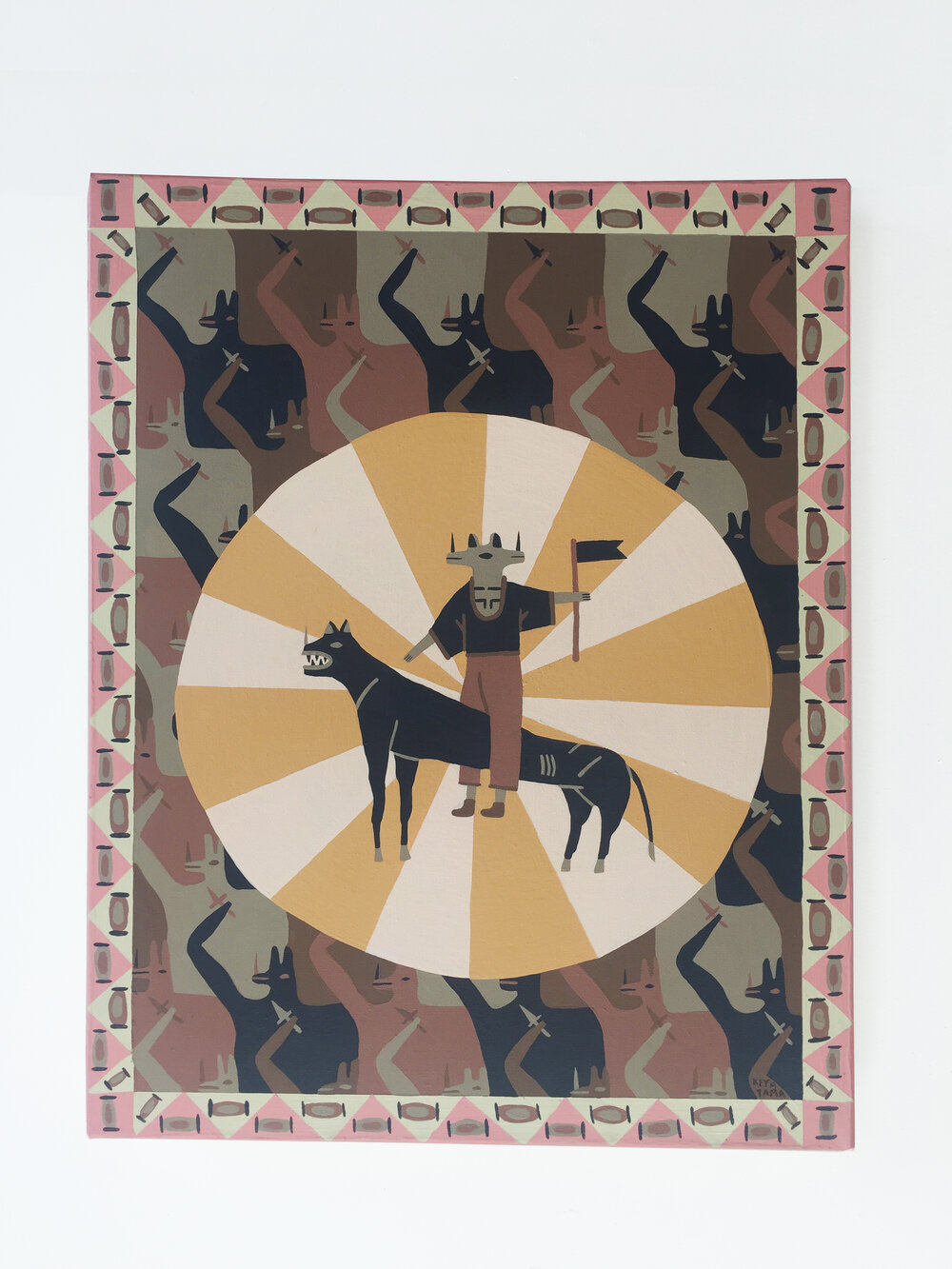Time Is Working on Kommunism, 2010
2010 - Sculpture (Sculpture)
372 x 206 cm
Arseny Zhilyaev
Arseniy Zhilyaev (born 1984 in Voronezh, Russia) is an artist, writer and political activist who lives and works in Moscow and Voronezh. Zhilyaev’s artistic practice poses questions about the ?ultural production in the postsoviet condition. To trace Arseniy Zhilyaev’s work, one should span from the avant-garde of the 1920’s to the ‘shock therapy’ of the 1990’s in Russia. As a member of the young generation of Russian artists, Zhilyaev looks at the changes of his country through the 20th century to compose his works. With a specific attention of art’s relations to politics, education and pedagogy, Arseniy Zhilyaev reflects on the different roles of the museum and exhibition making. Despite the current use of art as entertainment, Zhilaev wants to rethink the museum as an educational institution connecting art and history. His references include soviet museology, architecture and design of the avant-garde or experimental exhibition making of the late 1920. ?????? ??? (delay sam) or “do it yourself” is a work in progress descried by the artist as a research in the tradition of the Soviet and post-Soviet culture of non-professional worker’s folk art. “Usually ordinary people in the Soviet Union had no opportunity to frequently change the furniture according to their taste. But they could do it by themselves! It was during that period that workers’ amateur creativity flourished, exemplified in techniques such as woodcarving, hammered ironwork or amateur furniture design. It was part of free time, type of creative hobby. It was called ‘creative relaxation’. The strict division between work and leisure during the era of late socialism made this creativity possible. It was an extremely democratic art and this is what still inspires me today.”
Arseny Zhilyaev is arguably one of the most influential contemporary Russian artists of his generation. For Zhilyaev, his medium of choice is the exhibition itself. His practice is deeply rooted in the study of presentation and display of artworks, histories and social processes. His multi-faceted installations combine historical fact with fiction in imagining new possibilities and futures. Inspired by Soviet and Marxist Museology, Zhilyaev often turns to Russian Cosmism and its philosophies of the universal museum. To trace Zhilyaev’s work, one should span from the avant-garde of the 1920’s to the ‘shock therapy’ of the 1990’s in Russia. As a member of the young generation of Russian artists, Zhilyaev looks at the changes of his country through the 20th century to compose his works. With a specific attention of art’s relations to politics, education and pedagogy, Arseniy Zhilyaev reflects on the different roles of the museum and exhibition making. Despite the current use of art as entertainment, Zhilyaev wants to rethink the museum as an educational institution connecting art and history.
Colors:
Related works sharing similar palette

© » KADIST
Pedro Reyes
2012Pedro Reyes’s Los Mutantes ( Mutants , 2012) is composed of 170 plates that combine characters from ancient and modern mythologies...

© » KADIST
Will Rogan
2014Will Rogan’s video Eraser (2014) shows a hearse parked in a clearing amidst leaf barren trees...

© » KADIST
Gao Mingyan
2008The television monitors utilized in the video installation Come On (2008) ostensibly serve as playback devices for a multi-channel installation of clips from blockbuster films as part of a larger commentary of mass entertainment and its relation to consumer cultures...

© » KADIST
Cristóbal Lehyt
2016Cristóbal Lehyt has conducted thorough research on the historical and cultural complexity of the northern region of Chile where the Atacama Desert is located...

© » SLASH PARIS
Animals — Galerie Loevenbruck — Exposition — Slash Paris Connexion Newsletter Twitter Facebook Animals — Galerie Loevenbruck — Exposition — Slash Paris Français English Accueil Événements Artistes Lieux Magazine Vidéos Retour Animals Exposition Techniques mixtes Vue de l’exposition Animals, galerie Loevenbruck, Paris © Photo Fabrice Gousset, courtesy Loevenbruck, Paris Animals Encore environ un mois : 17 novembre 2023 → 20 janvier 2024 « Animals » est une exposition collective qui rassemble des œuvres d’art de différentes cultures et époques, toutes explorant le thème de la figure animale...

© » SLASH PARIS
Animals — Loevenbruck Gallery — Exhibition — Slash Paris Login Newsletter Twitter Facebook Animals — Loevenbruck Gallery — Exhibition — Slash Paris English Français Home Events Artists Venues Magazine Videos Back Animals Exhibition Mixed media Vue de l’exposition Animals, galerie Loevenbruck, Paris © Photo Fabrice Gousset, courtesy Loevenbruck, Paris Animals Ends in about 1 month: November 17, 2023 → January 20, 2024 Animals is a collective exhibition that brings together artworks from different cultures and periods, all exploring the theme of the animal figure...

© » KADIST
Nidhal Chamekh
2019Nos visages ( Our Faces ) continues Nidhal Chamekh’s research around visual souvenirs of figures of the past and the light they might shed on our contemporary era...

© » WHITEHOT
Nessim Bassan: Formulas for Resolution advertise donate post your art opening recent articles cities contact about article index podcast main December 2023 "The Best Art In The World" "The Best Art In The World" December 2023 Nessim Bassan: Formulas for Resolution Nessim Bassan, LOUD!, 2021, watercolor, acrylic & graphite on paper, 14 x 11 in...

© » FRANCE24
Paris exhibits to see this autumn, from Bollywood to Chagall and Picasso Skip to main content Culture Calendar Paris exhibits to see this autumn, from Bollywood to Chagall and Picasso As Parisians return from their summer holidays and get back to work or school (a period known in France as “la rentrée”), the City of Lights is set for a rich cultural season...

© » KADIST
Jedediah Caesar
2009For Untitled, Caesar encased recycled objects such as scraps of plywood, paper or cloth in resin and then cut and reassembled the pieces into abstract forms...

© » SLASH PARIS
A line is not a border — Group show — Galerie Xippas — Exposition — Slash Paris Connexion Newsletter Twitter Facebook A line is not a border — Group show — Galerie Xippas — Exposition — Slash Paris Français English Accueil Événements Artistes Lieux Magazine Vidéos Retour A line is not a border — Group show Exposition Installations, peinture, photographie, sculpture.....

© » KADIST
Cross Lypka
2022tombs and ignitions is a collaborative ceramic sculpture by artists Tyler Cross and Kyle Lypka...








